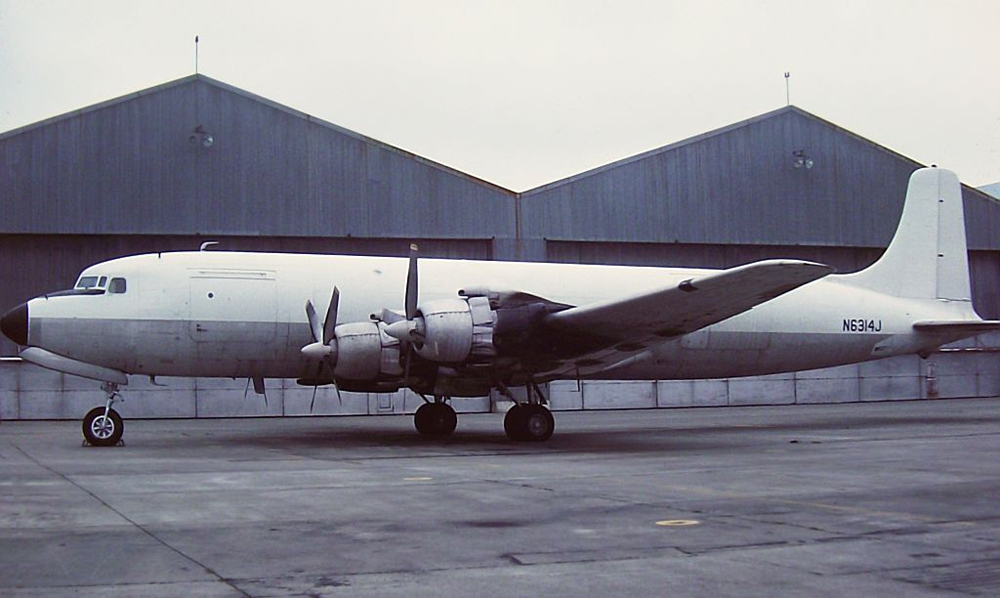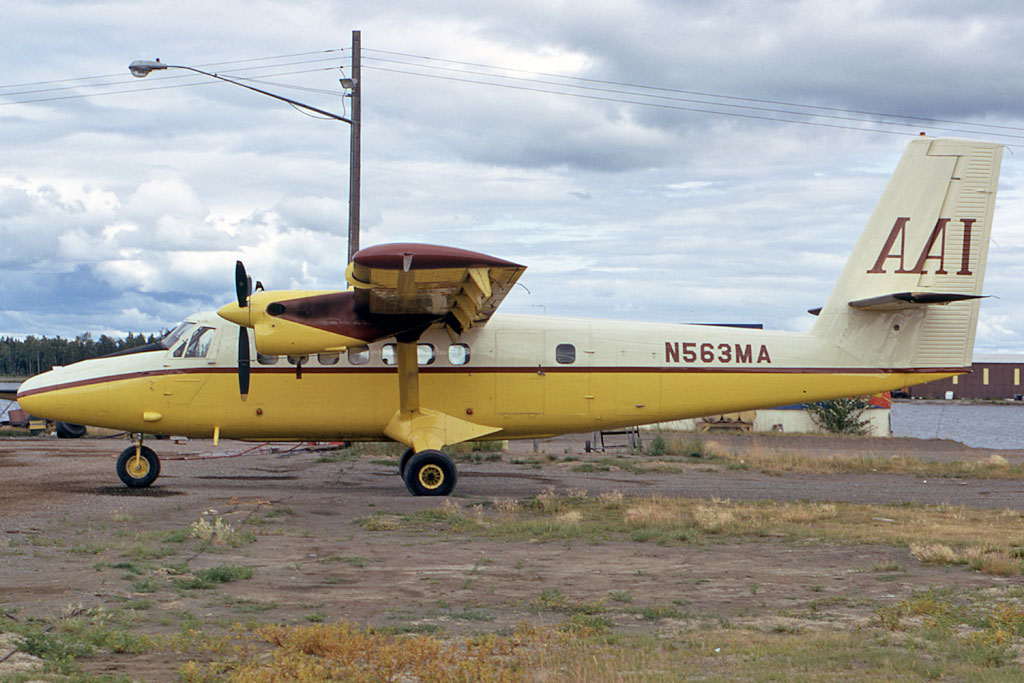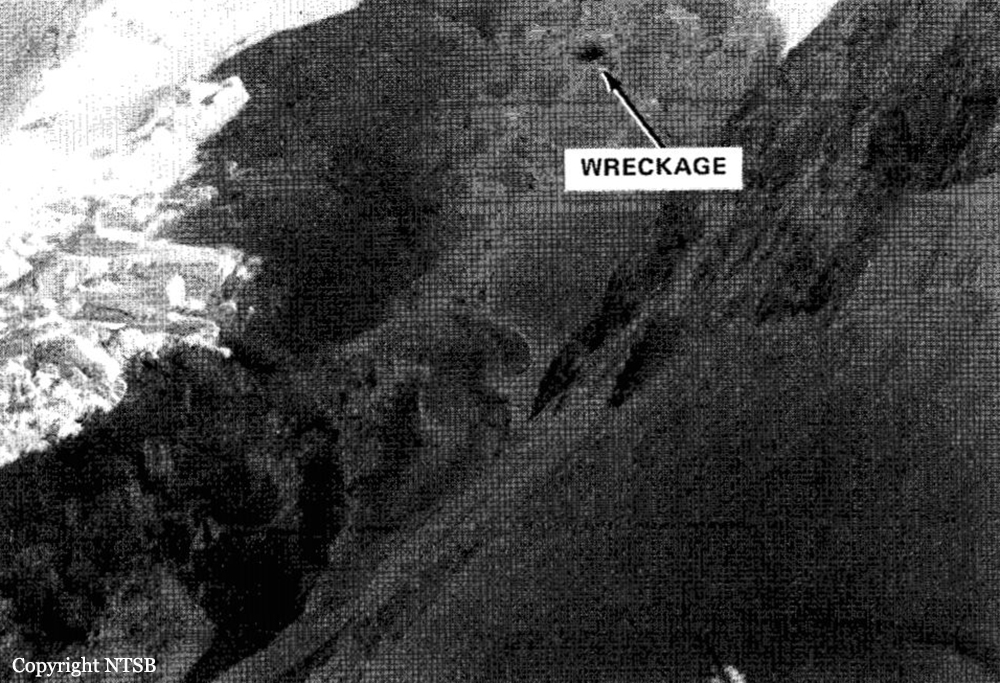Crash of a Piper PA-31-350 Navajo Chieftain into Lake Minchumina
Date & Time:
Sep 24, 1977 at 1400 LT
Registration:
N103TA
Survivors:
Yes
Schedule:
Lake Minchumina - Fairbanks
MSN:
31-7405237
YOM:
1974
Crew on board:
1
Crew fatalities:
Pax on board:
5
Pax fatalities:
Other fatalities:
Total fatalities:
0
Captain / Total hours on type:
600.00
Circumstances:
During the takeoff roll on a gravel runway, the nose baggage compartment door opened. After liftoff, the pilot encountered pitch control problems and elected to ditch the aircraft into Lake Minchumina. All six occupants were evacuated, the pilot was seriously injured. The aircraft was written off.
Probable cause:
The nose baggage compartment door accidentally opened during a takeoff completed from a poorly maintained runway surface. The following findings were reported:
- Airframe - fuselage: doors, door frames,
- Aircraft came to rest in water,
- Forced landing off airport on water,
- Pitch control problem,
- Door/panel open,
- Takeoff from gravel runway.
- Airframe - fuselage: doors, door frames,
- Aircraft came to rest in water,
- Forced landing off airport on water,
- Pitch control problem,
- Door/panel open,
- Takeoff from gravel runway.
Final Report:











